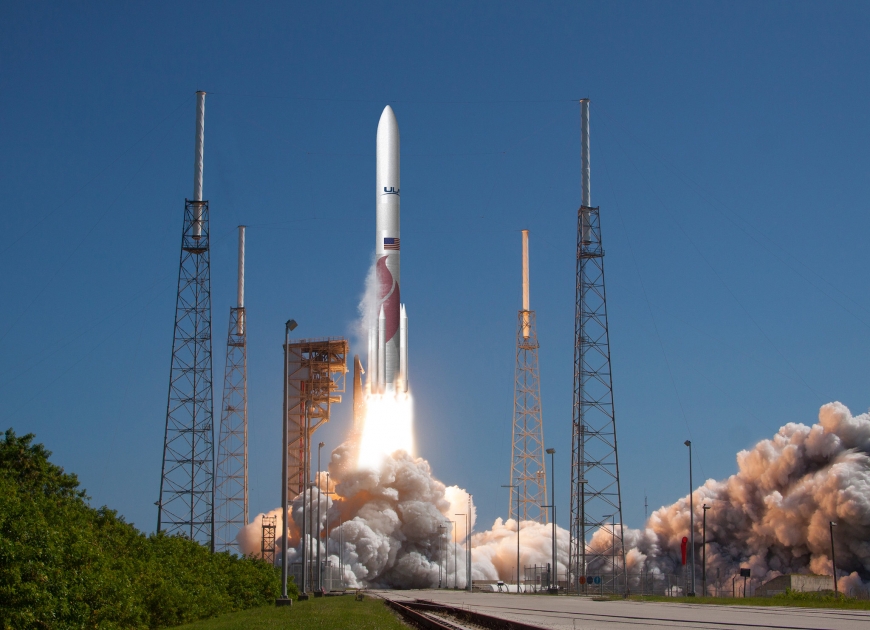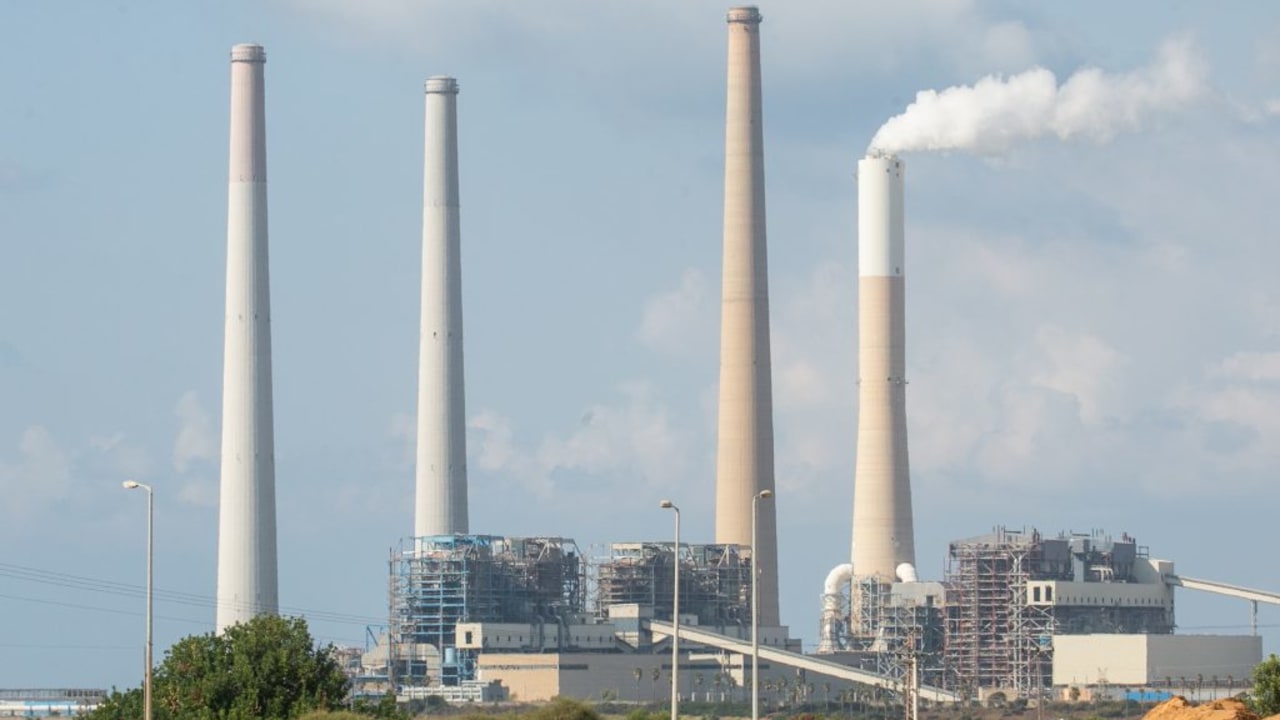The United Launch Alliance (ULA) achieved a significant milestone early Monday morning, as its new Vulcan Centaur rocket flawlessly launched the first American spacecraft set to land on the Moon in over half a century, according to Space Daily. Departing from Cape Canaveral Space Force Station in Florida at 2:18 am (0718 GMT), the mission represents a pivotal moment in lunar exploration, spearheaded by private industry.
Astrobotic's Peregrine Lunar Lander, nestled atop the Vulcan Centaur, embarked on its journey to the Moon's Sinus Viscositatis region, also known as the Bay of Stickiness, with a scheduled landing on February 23. This venture marks a historic moment, as John Thornton, CEO of Pittsburgh-based Astrobotic, expressed, "Leading America back to the surface of the Moon for the first time since Apollo is a momentous honor."
Historically, lunar landings have been a challenging feat, accomplished only by a few national space agencies. The Soviet Union led the way in 1966, followed by the United States, which remains the only nation to have sent humans to the lunar surface. China and India are among the recent entrants, with China completing three successful landings in the past decade and India achieving the feat last year.
The U.S. is now pivoting to commercial partnerships through NASA's Commercial Lunar Payload Services (CLPS) program, seeking to foster a broader lunar economy and reduce costs. Astrobotic, having received over $100 million from NASA, is at the forefront of this initiative. Another contracted company, Houston-based Intuitive Machines, is also preparing for a lunar mission, set to launch in February.
Joel Kearns, NASA's Deputy Associate Administrator for Exploration, highlighted the program's benefits: "We think that it's going to allow... more cost-effective and more rapidly accomplished trips to the lunar surface to prepare for Artemis." The Artemis program is NASA's ambitious effort to return astronauts to the Moon, laying the groundwork for eventual Mars missions.
The Vulcan Centaur's successful launch is particularly noteworthy, considering the inherent risks of lunar landings. Without an atmosphere for parachutes, landers must navigate treacherous terrain, using thrusters for a controlled descent-a task that has historically seen a 50% failure rate. Recent missions by Israel, Japan, and Russia have faced difficulties, underscoring the achievement of ULA and Astrobotic.
The Vulcan Centaur, a new addition to ULA's fleet, is expected to bring cost savings with its partially reusable first stage booster engines. ULA, a joint venture between aerospace giants Lockheed Martin and Boeing, has a stellar track record, boasting a 100% success rate in over 150 previous launches.
Peregrine's mission is not just a technological feat but also carries an eclectic mix of payloads. Among these are scientific instruments for radiation and surface composition analysis, a small rover from Carnegie Mellon University, and even a physical Bitcoin. Controversially, the lander also holds cremated remains and DNA samples, including those of Star Trek creator Gene Roddenberry and sci-fi author Arthur C. Clarke. This aspect of the mission has drawn criticism from the Navajo Nation, which sees the transportation of human remains to the Moon as a desecration of sacred beliefs.
In a unique tribute, the Vulcan rocket's upper stage, destined to orbit the Sun, carries additional Star Trek cast members' remains and hair samples of U.S. Presidents George Washington, Dwight D Eisenhower, and John F. Kennedy.
With this successful launch, the United States makes a significant leap in its lunar exploration capabilities, bolstering the role of private industry in space endeavors and setting the stage for future missions under the Artemis program.




.webp)












